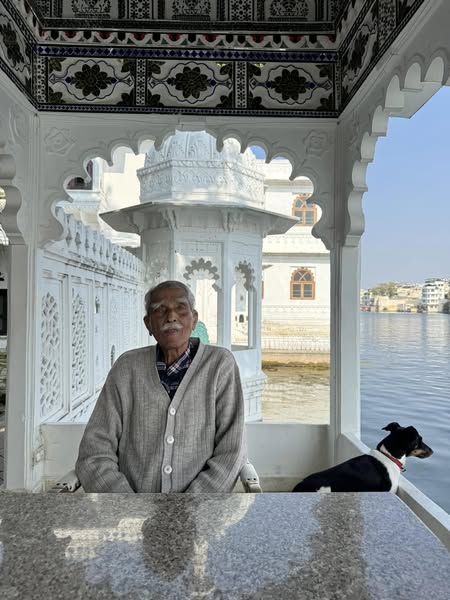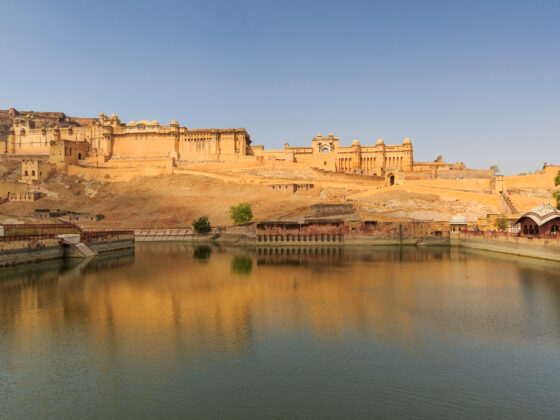The Legacy of Rawat of Amet: A Timeless Rajput Heritage

Introduction
Rajasthan, the land of kings, is home to numerous noble families that have shaped India’s history. Among them, the Rawat of Amet holds a prominent place. The Rawats of Amet have a lineage rooted in the valorous Rajput tradition and have significantly contributed to the history of Mewar, one of the most powerful Rajput kingdoms in India. From their role in battles to their patronage of art and culture, the Amet Rawats remain an essential part of Rajasthan’s heritage.
Historical Background
The Rawat of Amet is a distinguished title bestowed upon a noble Rajput family that served under the Sisodia rulers of Mewar. The title “Rawat” signifies a high-ranking chieftain or feudal lord, often governing a territory on behalf of the ruling king.
Amet, a historical town in Rajsamand district, Rajasthan, became the stronghold of this illustrious family. The Sisodia dynasty of Mewar, led by legendary rulers like Maharana Kumbha and Maharana Pratap, relied on feudal lords such as the Rawat of Amet to safeguard their kingdom. Consequently, the family’s unwavering loyalty to the Mewar throne played a crucial role in defending the region from Mughal invasions and external threats.
The Role of Rawats in Mewar’s History
The Rawats of Amet were not just feudal lords but warriors, strategists, and administrators. Their contributions in numerous battles against the Mughals, Marathas, and other invading forces are well recorded in Rajasthani history.
- Support to Maharana Pratap: The Rawat of Amet was among the noble chiefs who stood by Maharana Pratap during his resistance against Akbar’s Mughal forces. Notably, their support in the famous Battle of Haldighati (1576) was crucial in ensuring Mewar’s fight for independence.
- Military Strength: The Rawats commanded a well-trained army, comprising skilled Rajput warriors, known for their fearlessness and combat skills. As a result, their forces played a defensive role in protecting the frontiers of Mewar from enemy advances.
- Administrative Excellence: Besides their military prowess, the Rawats managed Amet’s administrative and economic affairs, ensuring prosperity and stability in their region. Moreover, their governance helped maintain social harmony and development in the area.
Architectural and Cultural Contributions
The Amet family has significantly influenced the architectural and cultural landscape of Rajasthan. Several historic structures, temples, and forts in and around Amet stand as a testament to their legacy.
Amet Haveli – A Symbol of Rajput Grandeur
One of the most famous contributions of the Rawats is the Amet Haveli, an architectural marvel in Udaipur. Built in the 18th century, this grand haveli (mansion) showcases intricate Rajput architecture, with stunning courtyards, jharokhas (balconies), and beautiful paintings. Today, it serves as a heritage hotel, offering visitors a glimpse into Rajasthan’s regal past. Additionally, it continues to be a place of historical significance and cultural pride.
Religious Patronage
The Rawats of Amet were also patrons of Hindu temples and religious institutions. They played a vital role in preserving Rajasthan’s spiritual and artistic traditions, supporting the construction of temples and promoting local festivals. Consequently, their efforts contributed to the flourishing religious and cultural practices in the region.
The Modern-Day Legacy
Even in contemporary times, the descendants of the Rawat of Amet continue to uphold their family’s traditions. Many members of the lineage are involved in heritage conservation, tourism, and social services. Furthermore, the Amet Haveli and other historical sites continue to attract tourists and historians interested in Rajasthan’s rich past.
Conclusion
The Rawat of Amet represents a legacy of bravery, loyalty, and cultural patronage in Rajasthan’s history. Their unwavering dedication to Mewar’s sovereignty, architectural contributions, and role in shaping Rajput traditions make them an integral part of India’s royal heritage. Today, as Amet’s historical landmarks stand tall, they serve as a reminder of the indomitable spirit of the Rajputs and the grandeur of Rajasthan’s past.










